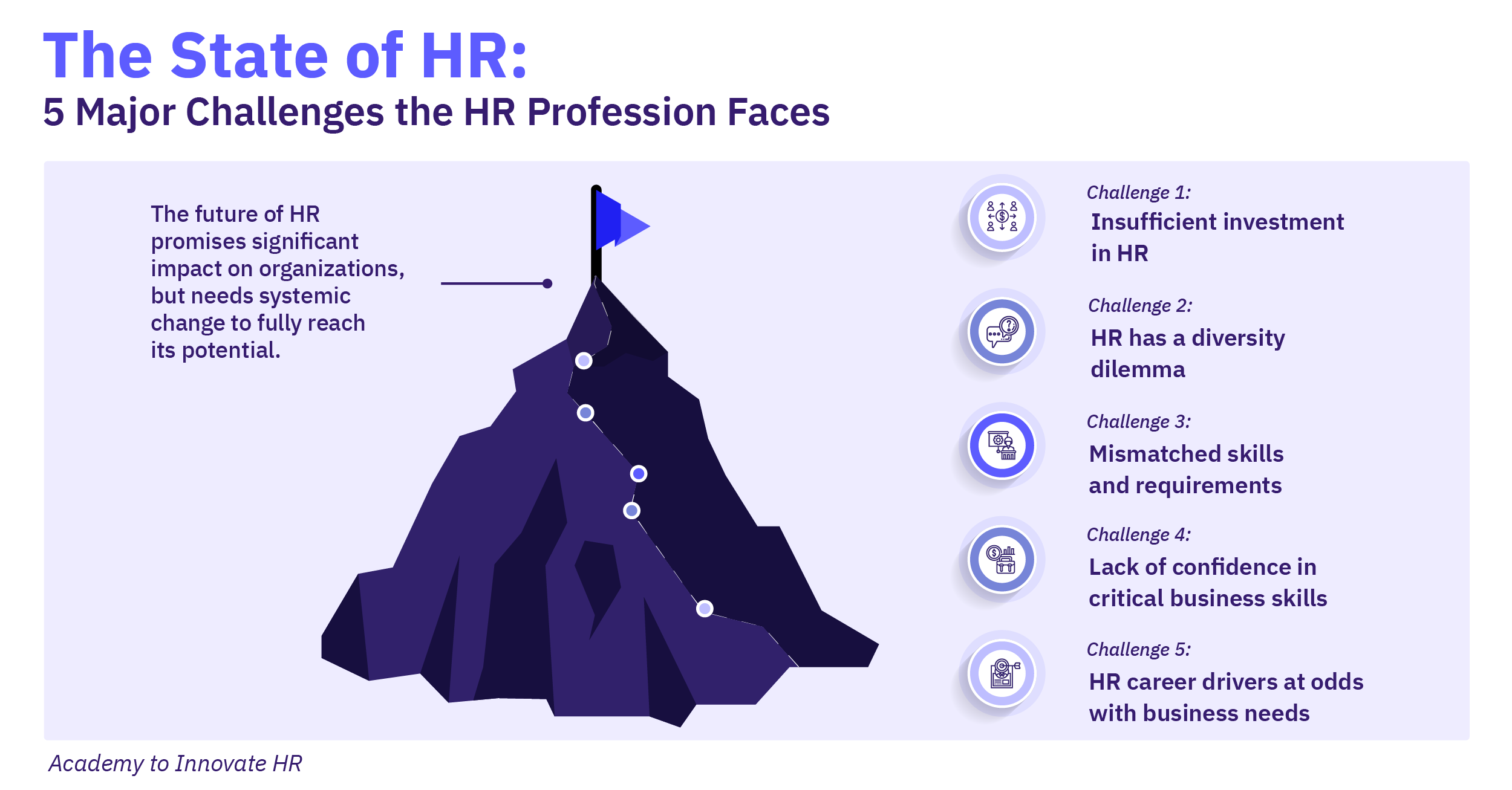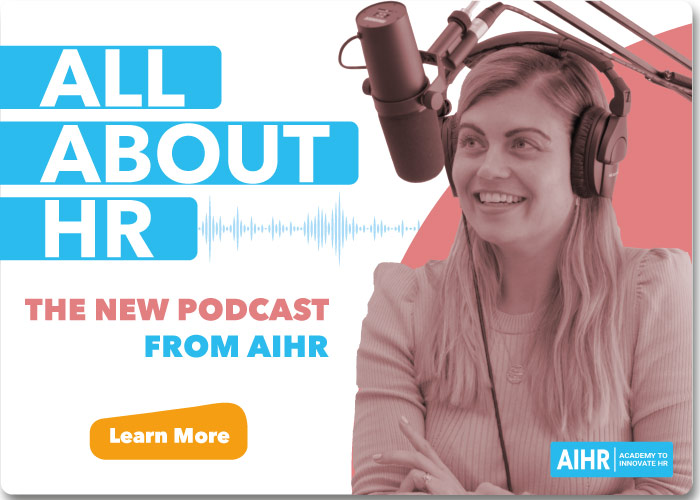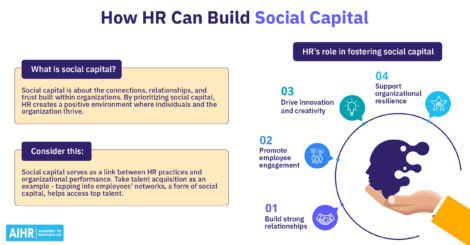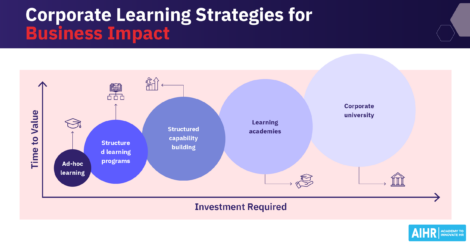7 Employee Engagement Models To Help Improve Engagement (In 2024)
Ditch the gimmicks and instead focus on adopting the right employee engagement model for your organization. After all, it takes more than free yoga lessons and casual Fridays to keep your team happy and motivated.

You may not have given employee engagement models much thought, but the statistics suggest you should. Gallup estimates that low employee engagement leads to staggering annual losses of $8.9 trillion – nearly 10% of the world’s GDP.
Additionally, 62% of employees report feeling disengaged, and 15% actively disengaged. The former typically put in minimal effort at work, and the latter often demotivate their colleagues with their disillusionment and pessimism.
An effective employee engagement model is your ticket to building a thriving workplace where employees feel motivated to perform well and are invested in the company’s success.
Contents
What is an employee engagement model?
7 well-known employee engagement models
1. Aon Hewitt’s Say-Stay-Strive model
2. Deloitte’s Simply Irresistible Organization model
3. Maslow-inspired Employee Engagement Model
4. Flow Theory model
5. Gallup’s Q12 Employee Engagement Model
6. Hackman and Oldham’s Job Characteristics model
7. Job Demands-Resources (JD-R) model
How to choose the right employee engagement model: 7 steps
What is an employee engagement model?
An employee engagement model is a structured framework that guides organizations in measuring, understanding, and improving employee engagement. It also provides guidelines for tracking key metrics, such as turnover rate, to assess employee engagement’s bottom-line impact.
HR professionals use these models to gauge employee happiness. They can then develop action plans and targeted initiatives to ensure their company’s workforce is satisfied with their jobs and motivated to do their best work.
“It’s crucial to have an employee engagement model that underpins your initiatives. Engagement is not about a survey or a metric but rather about measuring the organization’s ability to unlock the productivity of its people in a responsible and sustainable way.”

Why implement an employee engagement framework?
From an HR perspective, this framework equips you with the process and parameters to design and implement a successful employee engagement plan. Here’s how:
- Data-driven decisions: Engagement models replace guesswork with informed insights through mechanisms like surveys and direct feedback. These reveal what truly matters to employees, so you can use this data to focus on the most effective programs and policies.
- Targeted interventions: Different companies and departments face different challenges. By understanding your organization’s unique drivers and barriers to engagement, you can design targeted initiatives to address specific issues and capitalize on existing strengths.
- Stronger employer brand: Happy employees are your business’ best brand ambassadors, helping build the employer brand and attract top talent. According to Gallup, higher employee engagement levels lead to 59% lower turnover.
- Improved performance: Engaged employees are invested in their company’s success (boosting profits by 23%) and more productive (41% less likely to miss work).
- Ongoing development: Several engagement models emphasize continued development opportunities. This benefits both employee and employer — employees gain valuable skills, and employers can build a future-proof workforce.
- Nurturing talent: A good employee engagement strategy empowers managers and employees through mentorship programs, encouraging leaders to nurture talent and motivate their employees.
- Championing DEIB: When employees feel valued, respected, and heard, the company’s Diversity, Equity, Inclusion, and Belonging (DEIB) naturally improve.
What drives employee engagement?
Keeping your employees motivated and engaged is the key to happy staff and a thriving organization. AIHR’s Chief Scientist of HR and OD, Dieter Veldsman, says, “The relationship of trust between employees and their direct managers is one of the most important drivers of engagement. Our own research shows that this relationship influences more than 80% of engagement levels.”
You can use these drivers to increase employee engagement at your company:
- Clear strategic plan: A well-defined business strategy with clear goals provides employees with a shared direction and purpose to work towards.
- Growth mindset: Offering your staff career development and progression opportunities shows you’re invested in their professional growth.
- Recognition and rewards: 66% of employees report receiving recognition less than once a year or not at all. Acknowledging and rewarding employees’ contributions validates their hard work and builds personal connections. This will motivate them to keep excelling and adding value to their team.
- Autonomy and authority: Trusting employees with decision-making and giving them the freedom to share ideas creates a sense of ownership and boosts engagement.
- DEIB: A work environment that prioritizes Diversity, Equity, Inclusion, and Belonging (DEIB) shows a commitment to fairness and valuing different perspectives. This will foster an environment where staff of diverse backgrounds feel valued and respected.
7 well-known employee engagement models
There are a few widely used models companies everywhere rely on to drive employee engagement. Below are details on seven well-known employee engagement models to help you choose the right one for your organization’s employee engagement efforts.
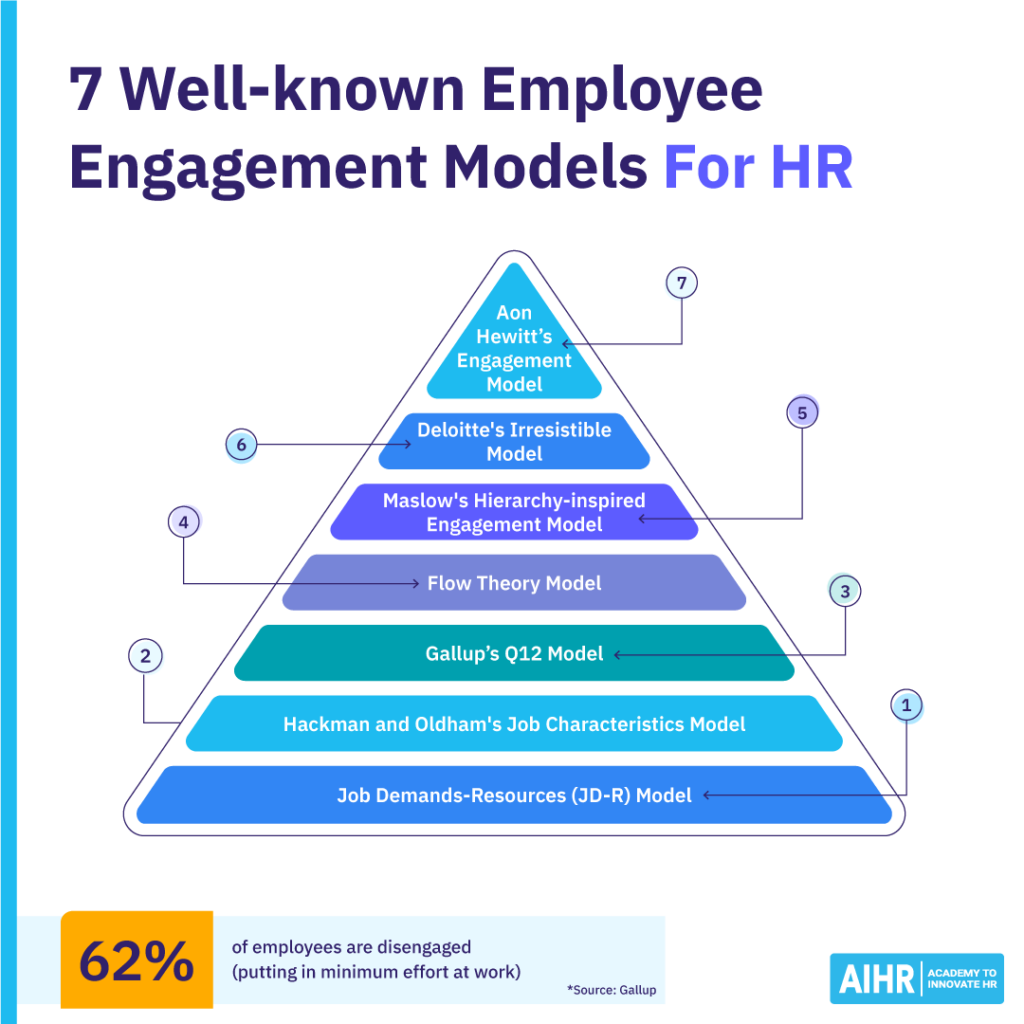
1. Aon Hewitt’s Say-Stay-Strive model
Professional services consulting firm Aon Hewitt developed the Say-Stay-Strive model. The model examines the psychological drivers and behaviors necessary for positive engagement at work.
It prioritizes six factors based on their impact on engagement and business performance: work, people, opportunities, total rewards, company practices, and quality of life.
According to this model, effectively leveraging these six factors leads to three measurable behaviors that are outcomes of employee engagement:
- Say: Engaged employees become vocal advocates for the company, speaking positively about it to colleagues, customers, and outsiders.
- Stay: They’re invested in the company’s success and strongly desire to remain employed there.
- Strive: They go above and beyond their job descriptions by committing extra effort and contributing their best work.
Data-driven: Aon Hewitt developed this model based on over 15 years of research on millions of employees across various companies and industries throughout Asia Pacific, Europe, Latin America, and North America.
One-sided focus: The model emphasizes results without analyzing the root causes of low engagement. This might not help companies that need to address deeper cultural issues.
Simple and actionable: The model’s focus on three clear outcomes helps businesses develop concrete action plans and KPIs.
External reliance: Companies adopting this model must rely on Aon Hewitt’s surveys and expertise, which could potentially impact customization and cost.
2. Deloitte’s Simply Irresistible OrganizationTM model
Consulting firm Deloitte’s engagement model identifies five key drivers it believes make a company ‘irresistible’ to employees:
- Meaningful work: Tasks align with employees’ strengths and give them a sense of autonomy and empowerment. They also feel their work has a purpose and contributes to something bigger.
- Positive work environment: A supportive, flexible work environment results in a human-centric, inclusive, and collaborative atmosphere.
- Supportive management: Leaders are visible and approachable. They empower employees by setting clear goals and providing continuous feedback and support.
- Growth opportunities: Employees receive training and support through self-directed and dynamic learning for professional development, advancement, and internal mobility.
- Trust in leadership: The organization values inspirational leaders who embody transparency and honesty and fulfill the company’s vision, mission, and values.
Focus on leadership responsibility: This model emphasizes the importance of strong leadership in fostering a positive work environment and supporting employees.
Implementation challenges: Implementing all five pillars of the model can be complex and may require significant investment in management training, cultural change, and ongoing feedback mechanisms.
Employee-centric: The model prioritizes employee needs and intrinsic motivators such as a flexible work environment, autonomy, ongoing learning, meaningful work, and career advancement.
Limited focus on compensation: While the model embraces intrinsic motivators, it doesn’t delve deeply into extrinsic motivators like compensation strategies.
3. Maslow-inspired Employee Engagement Model
Psychologist Abraham Maslow first proposed his Hierarchy of Needs in a 1943 paper titled A Theory of Human Motivation. Maslow’s Hierarchy of Needs remains relevant today because it highlights five fundamental motivations that drive all humans, each of which must be addressed before advancing to the next level:
- Physiological (food, water)
- Safety (shelter, security)
- Love and belonging (friendship, family)
- Esteem (confidence, respect)
- Self-actualization (reaching your full potential).
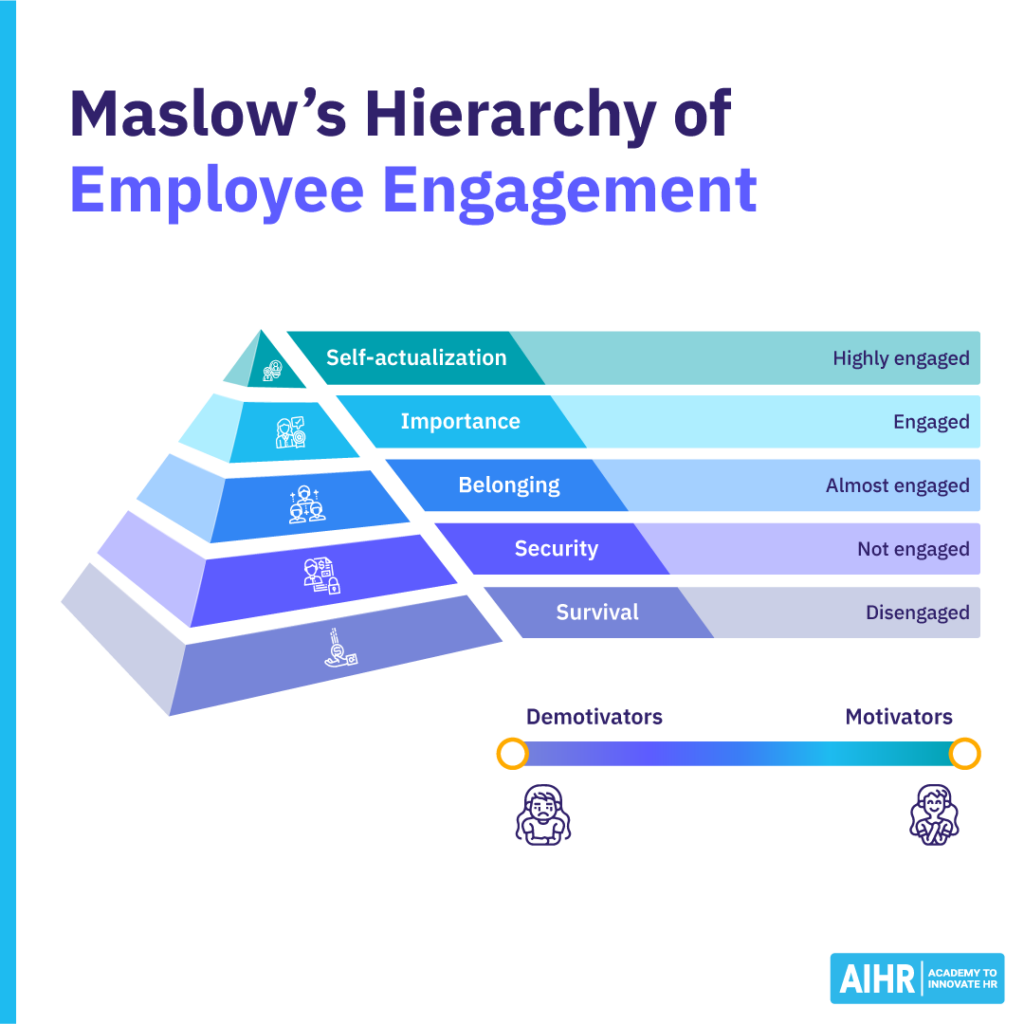
In an HR context, many adaptations of Maslow’s model have been made, tying it to employee engagement, but no one has developed a single official model. However, hotelier Chip Conley—author of Peak: How Great Companies Get Their Mojo from Maslow—did come close.
Conley felt companies traditionally addressed only basic needs (e.g., liveable wages and a safe work environment) to keep employees from leaving, which fostered a ‘survival mentality’ and limited engagement. In contrast, Conley’s holistic Peak approach proposed focusing on higher-level employee, customer, and investor needs.
Organizations can create a more engaged workforce by fostering a sense of belonging, offering growth and recognition opportunities, and aligning employee goals with company objectives. Conley proved the effectiveness of his approach by saving his company, Joie de Vivre Hospitality, from financial ruin following the dot.com bust. It eventually became the second-largest boutique hotel operator in the U.S.
Familiar model: This approach leverages Maslow’s well-known psychology concept.
Requires adaptation: Maslow’s original Hierarchy of Needs does not translate seamlessly to the workplace and requires careful consideration and tailoring.
Open to interpretation: Maslow’s Hierarchy of Needs is a good starting point for companies interested in developing a unique employee engagement model tailored to their specific cultures and values.
No action plans or measurements: This model requires you to devote extra time and energy to develop measurement tools and implement concrete plans, so your employee engagement initiative will succeed.
4. Flow Theory model
Psychologist Mihaly Csikszentmihalyi developed the Flow Theory, which suggests employees are most engaged when they experience a state of ‘flow’. This happens when challenges and skill levels are perfectly balanced with each other.
Tasks are neither too easy nor too difficult, leading to a sense of complete absorption and enjoyment in work. This flow state is supposed to result in peak performance, leading to higher productivity, quality output, and employee satisfaction. Organizations that want to attain and maintain this state of flow must:
- Prioritize employee wellbeing
- Set clear performance and outcome expectations and goals
- Make sure work tasks are appropriately challenging (not too easy or difficult)
- Provide ongoing feedback
- Create interruption-free environments that promote focus and concentration.
Optimal job design: The model emphasizes the importance of job design in fostering engagement.
Highly subjective: The right balance of challenge and skill set is subjective as it depends heavily on individual preferences.
Intrinsic motivators: It also provides a framework for creating stimulating and rewarding work experiences.
Limited application: Designing jobs that are sufficiently challenging may not be suited to all roles or industries.
5. Gallup’s Q12 Employee Engagement Model
In HR, Gallup’s Q12 Employee Engagement survey is one of the best-known and most often quoted resources on the topic. The survey’s 12 questions provide an excellent framework for companies to build and review their own employee engagement models:
- Do you know what is expected of you at work?
- Do you have the materials and equipment you need to do your work right?
- At work, do you have the opportunity to do what you do best every day?
- In the last seven days, have you received recognition or praise for doing good work?
- Does your supervisor seem to care about you as a person?
- Is there someone at work who encourages your development?
- At work, do your opinions seem to count?
- Does the mission/purpose of your company make you feel your job is important?
- Are your fellow employees committed to doing quality work?
- Do you have a best friend at work?
- In the last six months, has someone at work talked to you about your progress?
- In the last year, have you had opportunities to learn and grow?
Pinpoint gaps: The questionnaire covers a broad range of areas, enabling you to clearly identify your strengths and weaknesses at the departmental and organizational levels.
No action plan: Using the questions as your basis, you must build your own strategy to implement an engagement plan.
Easy benchmark: Use these 12 questions to formulate your engagement activities, measure their effectiveness, and easily benchmark your company’s engagement efforts against the results of Gallup’s annual State of the Global Workplace survey.
Extrinsic motivators: While this model covers many intrinsic motivators, it neglects primary motivators like salary and benefits.
6. Hackman and Oldham’s Job Characteristics model
Hackman and Oldham’s Job Characteristics model focuses exclusively on job characteristics’ role in engaging employees. It emphasizes how the right job dimensions, combined with an individual’s need for growth, can facilitate the mental state necessary for positive personal and work outcomes. The model focuses on five key job characteristics:
- Skill variety: Whether the job uses various skills to keep it interesting.
- Task identity: Whether employees can see a project through from start to finish creating a sense of accomplishment.
- Task significance: Whether employees consider the job important and are clear on how it contributes to a larger goal.
- Autonomy: Whether employees have a say in how they execute their work.
- Feedback: Whether employees receive clear feedback and guidance on their performance.
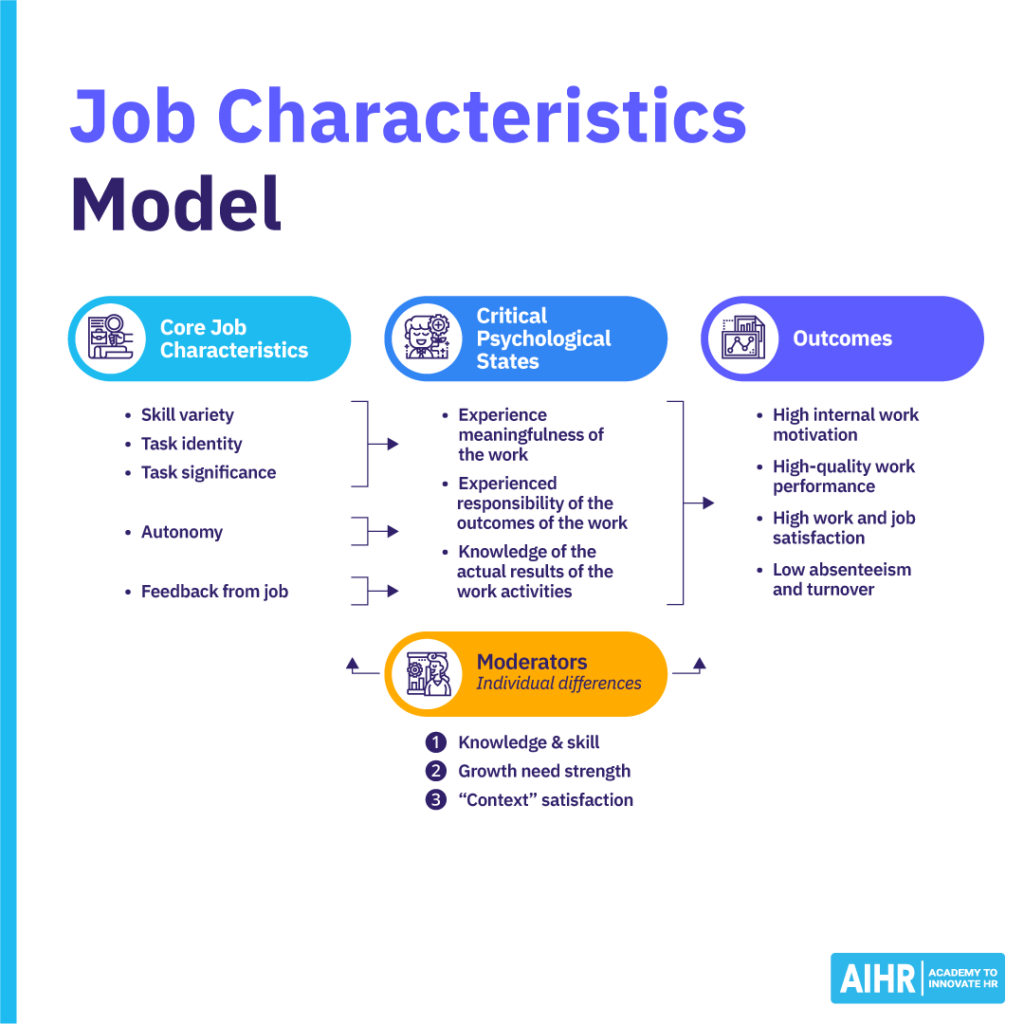
According to this model, when all five of these characteristics are evident, employees tend to attach meaning to their work, feel a sense of ownership of their work outcomes, and attain clarity on the actual results of their output. This results in positive personal and work outcomes, including greater motivation, high-quality work performance, increased job satisfaction, and lower absenteeism and churn.
Systematic approach: The model offers a clear, structured framework for analyzing and improving job design.
Narrow focus: The model focuses exclusively on job characteristics and doesn’t consider how relationships and other interpersonal issues may affect job satisfaction and performance.
Managerial implementation: Because the model is limited to job characteristics, managers given proper training and support can take responsibility for driving employee engagement.
Limited scope: The model also doesn’t factor in broader contextual factors, like company culture, management style, and work-life balance.
7. Job Demands-Resources (JD-R) model
Developed by researchers Arnold Bakker and Evangelia Demerouti in 2006, the Job Demands-Resource (JD-R) model aims to achieve what its creators felt was lacking in other employee engagement models. Thais is ensuring the wellbeing of all employees, regardless of their job functions or sectors.
The JD-R model helps us understand how work characteristics affect employees by focusing on two main areas:
- Job demands: These are negative factors that create stress, like tight deadlines, heavy workloads, unclear goals, lack of autonomy, an uncomfortable working environment, and poor working relationships.
- Job resources: These are positive aspects that help employees succeed, such as supportive colleagues, empathetic managers, L&D opportunities, clear work directives, and regular feedback.
The JD-R Model suggests that high demands amid low resources lead to burnout and unhappy employees, while abundant resources can buffer the impact of challenging demands.
Simple and actionable: The model categorizes work factors clearly, allowing you to quickly pinpoint areas for improvement.
Oversimplification: The model doesn’t capture all workplace factors that impact employee wellbeing, such as individual differences or external stressors.
Focuses on prevention: By identifying areas of high demand and low resources, you can help to proactively prevent burnout and staff churn.
Limited scope: It focuses primarily on individual factors, not considering organizational culture or leadership style.
How to choose the right employee engagement model: 7 steps
Step 1: Determine the current level of employee engagement
Before adopting an employee engagement model, it’s important to understand how engaged your company’s workforce is. Broadly speaking, there are three main levels of employee engagement:
- Actively engaged: Proactive organizations strive for this level, where employees are enthusiastic, highly productive, and strong company advocates. They not only excel at their tasks but actively look for ways to improve their teams and the organization as a whole. Actively engaged employees consistently demonstrate all the Aon Hewitt model’s ‘Say-Stay-Strive’ behaviors.
- Disengaged: This type of employee is generally unmotivated and simply goes through the motions, doing the bare minimum to fulfill their obligations and get their paychecks. They show little interest in contributing to improvements and prefer to stay under the radar rather than take on new challenges or actively align with the company’s vision.
- Actively disengaged: These employees are not just unhappy—they’re vocal critics, constantly finding fault with the company, their projects, and sometimes even their colleagues. Their negativity can be contagious and affect team morale. They do so mainly because they feel unseen and undervalued at work, and they may be actively seeking new jobs while doing the bare minimum in their current position.
Step 2: Match the model to organizational culture
Once you have a clear picture of the company’s current state of employee engagement, you can choose the right model. Bear in mind that there’s no one-size-fits-all solution. The most effective model is the one that best aligns with your company’s unique culture and strategic goals.
For instance, Deloitte’s Simply Irresistible OrganizationTM model could be a great fit if your organizational culture prioritizes support and collaboration. Alternatively, consider the JD-R model if innovation is a key strategic objective.
HR tip
Don’t be afraid to combine separate components from different employee engagement models to ensure your chosen strategy fits your company and purpose.
For instance, you could combine the ‘meaningful work’ aspect of Deloitte’s model with skill development aspect of Hackman and Oldham’s model. This could be particularly effective in addressing the needs of disengaged employees, who may feel their work lacks purpose.
Step 3: Benchmark your model
Pay attention to what leading companies are doing right by benchmarking your chosen model against theirs. Do they have specific practices that complement your model and that you can adapt to your company’s culture?
For example, if you’re implementing the Gallup Q12 model (which strongly emphasizes employee wellbeing), you should investigate how other organizations promote healthy working habits and a good work-life balance.
Step 4: Assess your organization’s technology and software
Check whether your company’s existing technology infrastructure can support your chosen employee engagement model. For instance, if the framework emphasizes open communication and collaboration (like Deloitte’s model), the organization must have the appropriate platforms for knowledge sharing and online meetings.
Consider solutions like project management software with collaborative features and instant messaging platforms to promote team communication. Similarly, if you adopt the JD-R approach, having the right tools in place – including the appropriate hardware and software – to relieve work stress and pressure is essential.
HR tip
Regular employee engagement surveys are an excellent way to gauge employee satisfaction and identify areas for improvement. For more well-rounded insights, use a variety of survey methods, such as anonymous questionnaires and focus group discussions. Ask employees what they like and dislike about the organization compared with their experiences at their previous companies. This will help you benchmark your performance against other businesses.
Step 5: Involve employees and secure leadership buy-in
Employee support is crucial for the successful implementation of your chosen engagement model. One way to ensure this is to involve a representative group of staff in your decision-making process. Share details about the model with them and ask for their feedback. Their input can help you customize the model to better fit the workforce.
Securing leadership buy-in is just as important. Your leaders must champion your chosen model, allocate the necessary resources to ensure its success, and take the lead in staff motivation. A Gallup employee engagement survey found that only one in five employees strongly agreed that their performance management motivated them to do outstanding work.
This indicates a need for manager training programs focused on effective communication, employee motivation, and fostering a positive work environment.
Step 6: Pilot and evaluate
Running pilot programs with a smaller group of employees allows you to test your chosen employee engagement model’s applicability, effectiveness, and acceptability before you launch a full-scale rollout. This also enables you to identify any potential challenges and make the necessary improvements.
For example, if you want to implement the Flow Theory model, a pilot program can help you test the effectiveness of job tasks. Gather feedback from employees in the pilot group to see if they find their work stimulating and engaging and adjust workflows or skill development opportunities accordingly.
HR tip
Set up an employee engagement committee consisting of staff from different departments. This committee can play an important role in providing input, monitoring progress, identifying what’s working and what’s not, and keeping employee engagement initiatives top-of-mind throughout the organization.
Step 7: Establish KPIs
Remember that if you can’t measure it, you can’t manage it. Establish and communicate clear, detailed KPIs to test the effectiveness of your chosen employee engagement model.
Relevant employee engagement metrics and KPIs could include employee retention and turnover rates, productivity metrics, and employee satisfaction scores. Track these KPIs regularly to gauge your progress and make adjustments along the way.
To sum up
Adopting a well-crafted employee engagement model will help you boost employee satisfaction and motivation by creating a work environment that addresses each individual’s needs for growth, purpose, and recognition for a happy and productive workforce. This benefits not just employees but employers as well, as it results in better business outcomes and allows HR professionals to add value to their organizations.
Weekly update
Stay up-to-date with the latest news, trends, and resources in HR
Learn more
Related articles
Are you ready for the future of HR?
Learn modern and relevant HR skills, online


